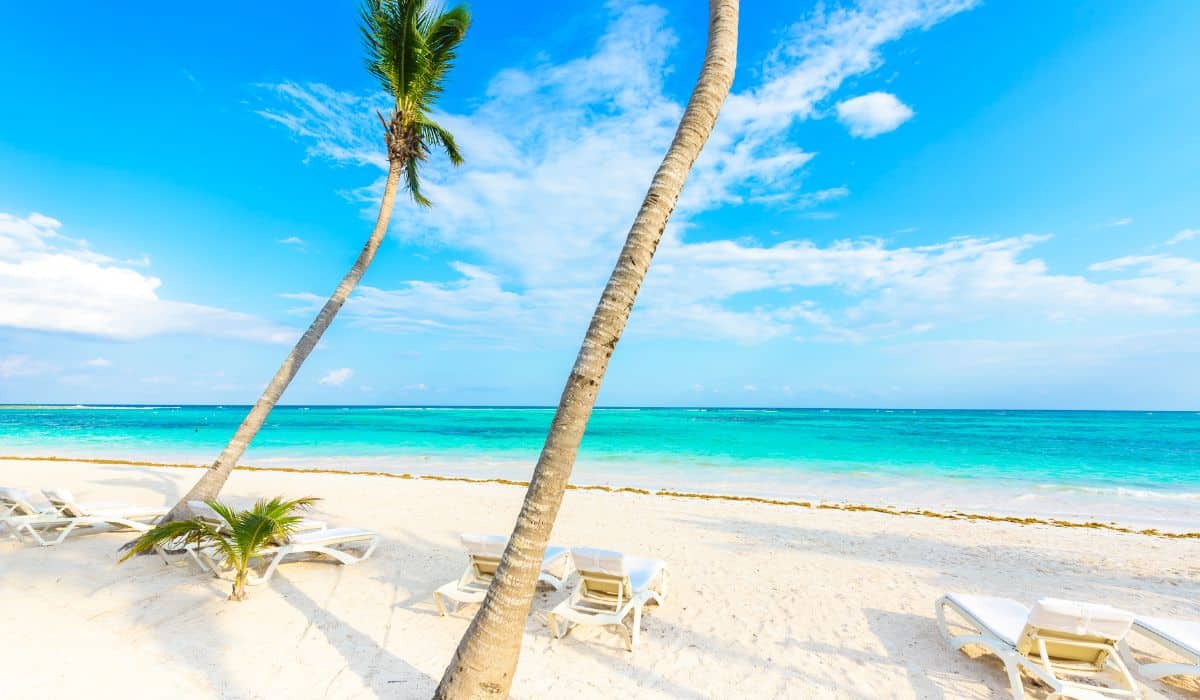Good news for holidaymakers: Mexico’s Caribbean will be virtually sargassum-free during the sunny summer months due to new favorable weather conditions, authorities have said.
Quintana Roo is experiencing a spike in sargassum, but this will only last until the first days of July. No more mass arrivals are expected from August to September.
According to Esteban Amaro Mauricio, head of the Quintana Roo Sargassum Monitoring Network, ocean currents divert most of the observed sargassum toward Florida and away from the Mexican Caribbean.

One of the factors contributing to this positive forecast is the supply of freshwater from the Amazon and Orinoco rivers, which influence the speed and direction of currents in the eastern Caribbean Sea. so the entire Mexican Caribbean will be virtually sargassum free for the next few weeks.
On June 20, 6.8 million tons were spotted and photographed between the Greater Antilles and the Lesser Antilles.
Of all that sargassum, it is estimated that only 1 million will pass through the Caribbean Sea and only a minimal portion of it will reach Mexican coasts, Amaro Mauricio said.
While this still seems like a lot of seaweed, Mexican authorities and hoteliers are prepared to deal with it as the blob will be much smaller than predicted earlier this year.
Most of this sargassum would arrive between Tulum, the east coast of Cozumel, the Mahahual and Xcalak stretches, south of Punta Nizuc and the Sian Ka’an Reserve.
“There will be less sargassum about the weight, and much more time will pass between major arrivals. That is, there will no longer be a ‘season of mass landings’, and all landings will be of medium and low intensity. Amaro said.
Travelers who decide to visit the red flag areas mentioned above should know that they will encounter some small amounts of sargassum on the beach and in the water.
Data from the Secretary of the Navy (Semar) shows that 70,000 tons of algae passed through the Mexican Caribbean between January and June 16, 2024, but only a few were on land.
Last year, authorities collected 22,128 tons of algae on the beaches of Quintana Roo.
So far, more than 70 million tons have been detected by multiple monitoring organizations in the Mexican Caribbean in 2024.
These amounts are considered abnormal. There is rapid and uncontrolled growth of algae attributed to a number of factors, including global warming and overnutrified waters due to large-scale agricultural industries.





